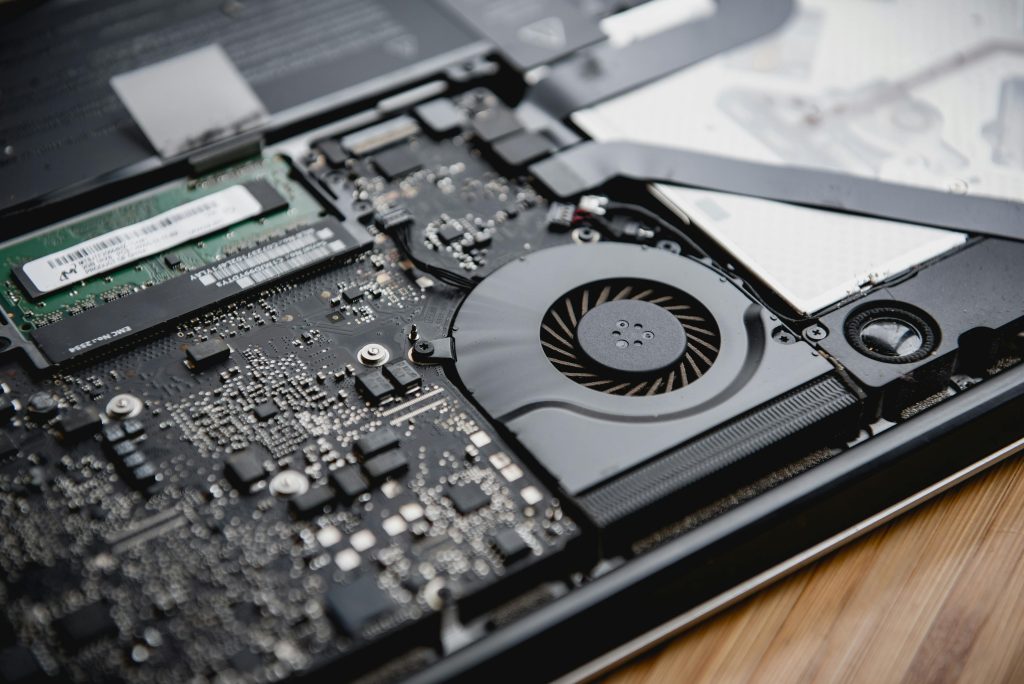Recovering Data from a Corrupted SSD Card: A Case Study in Byte-by-Byte Data Recovery
In today’s digital age, removable storage devices like SD cards are essential for backing up and transferring important data such as photos, videos, and documents. However, improper handling or abrupt data transfers can sometimes lead to corruption, rendering data inaccessible and raising concerns about potential data loss. This article explores a real-world scenario involving data recovery from a corrupted SSD card, specifically after migrating data to a new smartphone.
Background
Recently, a user’s relatives upgraded to a new Samsung device. During the migration process, they transferred data from an older Xiaomi device using an SD card set as internal storage. Unfortunately, the transfer process resulted in the SD card becoming corrupted. When connected to a Windows 11 computer, the device displayed the card as RAW, indicating a file system failure that prevents normal data access.
Common Assumptions and Expert Advice
Initially, a local phone repair technician suggested that the data—primarily images—was likely lost forever. This pessimistic outlook is common, especially when encountering RAW-formatted storage, as it suggests damage to the file system or underlying data structures.
However, such situations do not necessarily spell inevitable data loss. With the right tools and techniques, it’s often possible to recover data from corrupted or RAW-formatted storage devices.
Exploring Data Recovery Options
1. Understanding RAW Format
A RAW filesystem indicates that the partition’s structure is compromised. Unlike deletions, where data remains on the device until overwritten, corruption often destroys the metadata needed for simple file browsing. Therefore, recovery requires more advanced methods.
2. Byte-by-Byte Cloning
One effective approach is creating a complete bit-by-bit clone of the problematic SD card. This process involves copying every byte of data to a secure storage device, ensuring the original remains untouched during recovery attempts. This technique is crucial when dealing with physical or logical corruption.
3. Recovery Using Data Recovery Software
Tools such as Recuva, PhotoRec, Stellar Data Recovery, or Disk Drill can scan raw images or cloned images for recoverable files. These programs analyze the raw data sectors, piecing together recognizable file signatures (like JPEG or MP4 headers) to recover files even if the file system is damaged.
4. Advanced Methods: Sector Analysis and Manual Extraction
For highly technical users, sector analysis and manual extraction can provide additional recovery avenues.
Share this content:



